Nursery Web Spider Facts
This list was created for a group of PreK Kindergarten and First Grade students to learn throughout our All About Spiders week. The adults are active hunters and do not spin a web to catch food instead using a quick sprint to capture flies and other insects.

Nursery Web Spider Family Pisauridae Field Station
The Pisaurina mira spider.
Nursery web spider facts. NURSERY-WEB FISHING SPIDER FACTS Some fishing spiders will partially submerge themselves underwater for brief periods of time to catch aquatic prey. American nursery web spiders are often confused with wolf spiders or fishing spiders. The Nursery Web Spider derives its name from the delicate care a female takes of her egg sac.
Nursery Web Spider Bite. The female surrounds the sac with layers of silk and then guards this leafy. These streamlined spiders have long legs slender bodies and often lengthwise striping helping them blend in with plant or grass stalks when they position themselves with legs outstretched before and behind them.
Nursery Web Spider Identification. They also vary in color depending on the species but they are prominently brown or yellow and may have a dark brown band about the carapace and abdomen. Find your favorite spider crafts for kids and teach the kiddos these basic facts about spiders that wont freak them out.
Four species of nursery web spiders in genus Pisaurina occur in North America north of Mexico. They are endemic to the Eastern USA. Piraurina Mira commonly called nursery web spider is a brown spider species with long legs.
The family has got the name because of the nature of female spiders who protects the eggs with a security web. Click here to support NatureSpot by making a donation - small or large - your gift is very much appreciated. This represents about 1 of our spider species.
Wolf Spiders resemble nursery web spiders family Pisauridae however they carry their egg sacs by attaching them to their spinnerets instead of by means of their jaws and pedipalps. She gently carries the sac with fangs and builds a web for it in high weeds or low shrubs suspending it inside of a leaf so it is less visible and more difficult to reach. A few species are very common.
A spider has 8 legs. The female spider often eats the male after their copulation. Nursery-web and fishing spiders are closely related to wolf spiders.
Nursery Web Spider. Nursery web spiders get their name from the protection a female provides for her egg sac. Nursery Web Spider Identification.
The Nursery web spider is a common spider of grassland and scrub and is often seen sunbathing among Brambles and Stinging Nettles. Although nursery-web and fishing spiders resemble tarantulas they are not closely related. The female carries her large round egg-sac in.
They get their insect food by hunting for it either walking around and grabbing prey or by standing motionless and waiting for prey to come by. She carries it around in her jaws until the eggs are near hatching she has a back-upa strand of web also attaches the spiders egg sac to her spinnerets. Nursery-web spider family Pisauridae any member of a family of spiders order Araneida noted for the female spiders habit of making a protective nursery web for the young and standing guard over that web.
There are total 508 species in 51 genera under this. The nursery web spider is hairy and may average one inch at the adult stage. Wolf Spiders are robust and agile hunters that rely on good eyesight to hunt typically at night.
They vary in colour from grey through orangey to dark brown. Most species are medium to large in size and many are found near the water. Nursery web or pisauridae is a family of predator spiders.
Nursery web or fishing spiders Family Pisauridae There are 9 species of nursery web or fishing spiders known from Ohio. Nursery web spiders use their silk for constructing protective structures for their egg sacs but otherwise they are not web builders. Then she hides it and spins a silken enclosure around it roping in some vegetation.
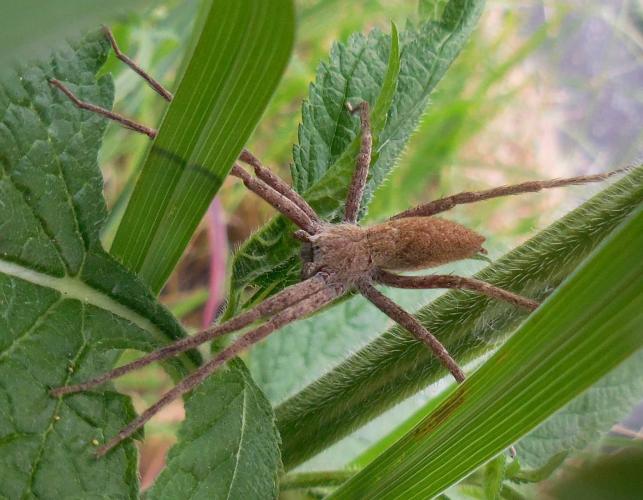
Nursery Web Spiders Missouri Department Of Conservation

Nursery Web Spiders Missouri Department Of Conservation
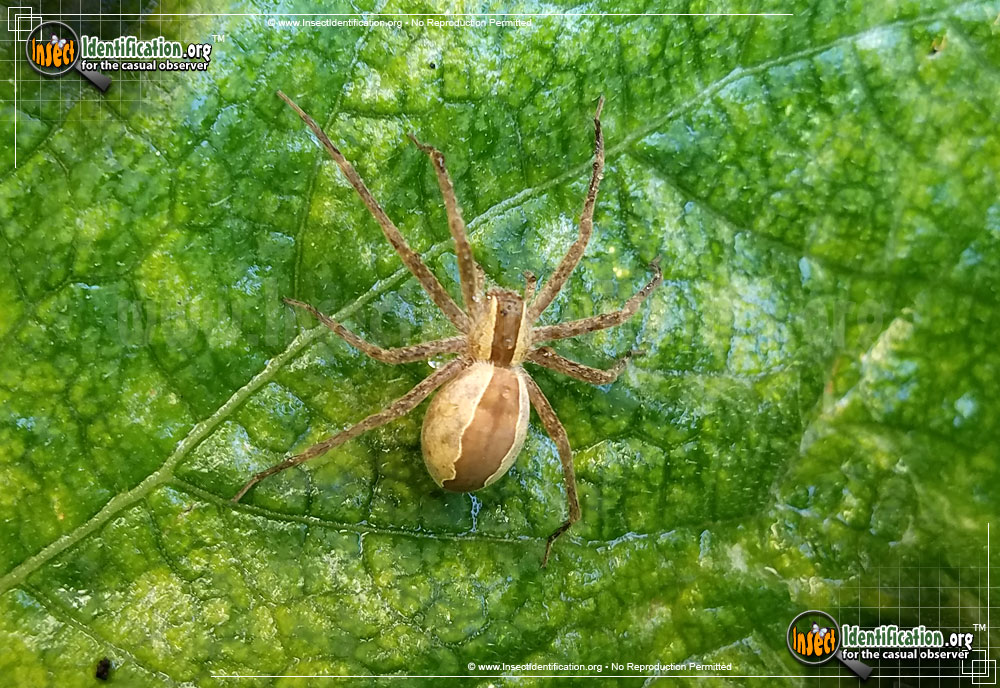
Nursery Web Spider Pisaurina Mira

3 Ways To Identify A Nursery Web Spider Wikihow
Nursery Web Spiders Missouri Department Of Conservation

Nursery Web Spider The Wildlife Trust For Birmingham And The Black Country
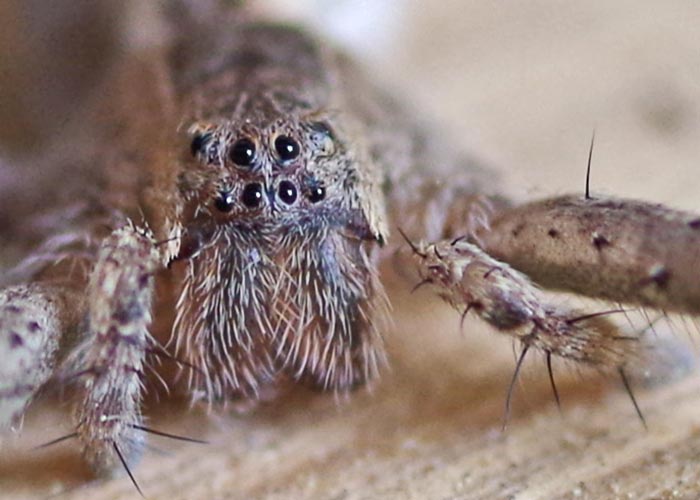
Nursery Web Spider Family Pisauridae Field Station
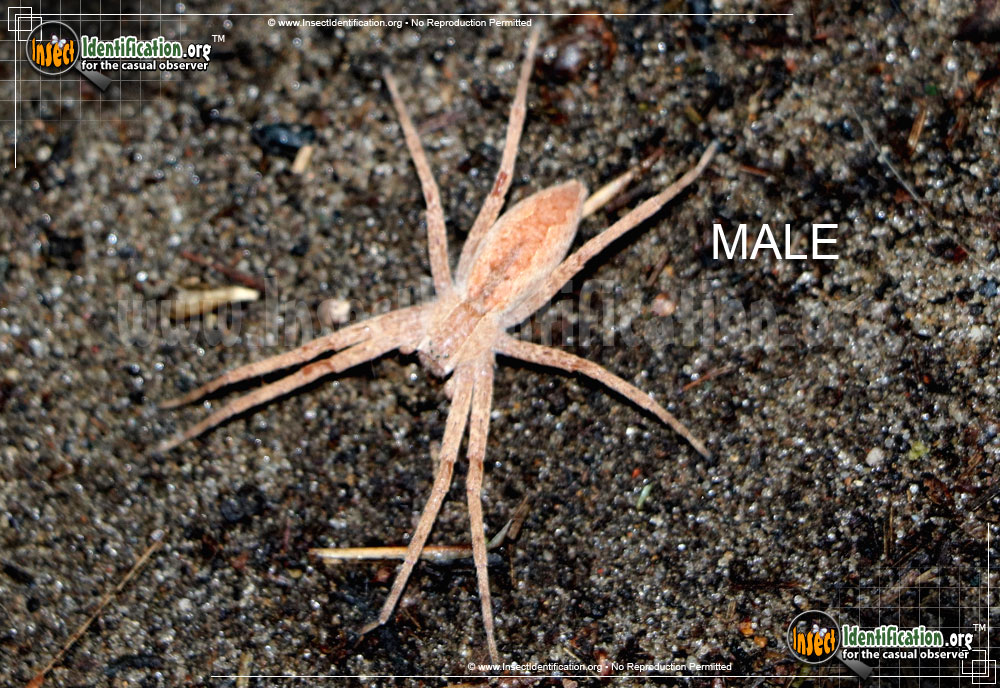
Nursery Web Spider Pisaurina Mira

Nursery Web Spider Family Pisauridae Field Station
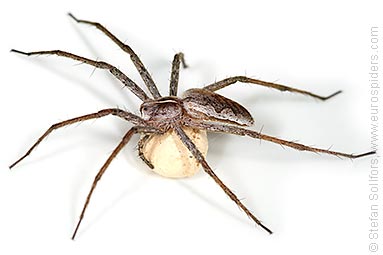
Pisaura Mirabilis Photos And Info

Pisaurina Mira American Nursery Web Spider Usa Spiders
Nursery Web Fishing Spiders Of Kentucky University Of Kentucky Entomology
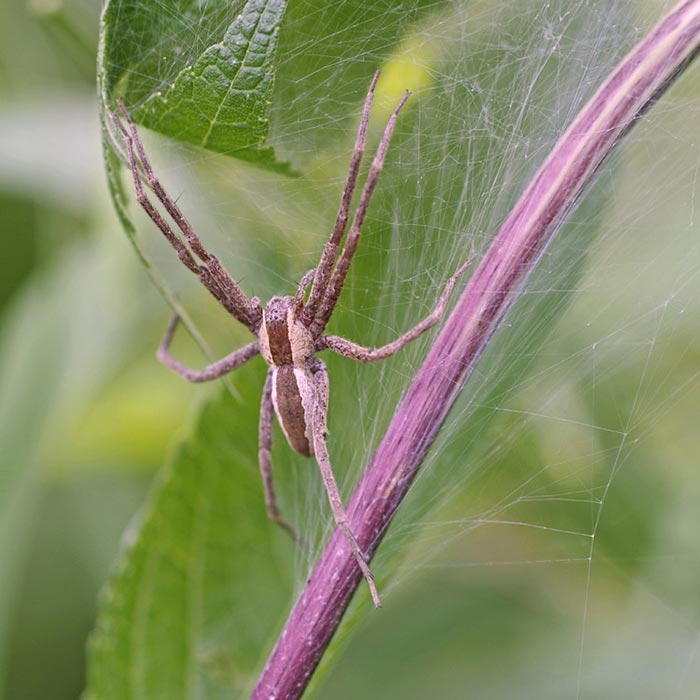
Nursery Web Spider Family Pisauridae Field Station

3 Ways To Identify A Nursery Web Spider Wikihow

Nursery Web Spider Family Pisauridae Field Station
Nursery Web Fishing Spiders Of Kentucky University Of Kentucky Entomology

3 Ways To Identify A Nursery Web Spider Wikihow

3 Ways To Identify A Nursery Web Spider Wikihow






Posting Komentar untuk "Nursery Web Spider Facts"